By Masoud Sadrmohammadi
On the night of October 1, Iran launched a missile attack targeting various locations across Israel with hundreds of missiles. This marked Iran’s second missile strike against Israel, following the missile/drone attack on April 13, 2024. Iran carried out this attack despite repeatedly emphasizing its efforts to avoid escalating tensions in the region and refraining from responding to Tel Aviv, despite Israel’s numerous hostile actions.
However, the assassination of Ismail Haniyeh, the leader of Hamas, in Tehran, which was a blatant violation of international law by Israel; the assassination of high-ranking Hezbollah commanders, culminating in the death of Seyed Hassan Nasrallah; the killing of senior Iranian military commanders serving as military advisors in Lebanon and Syria; extensive attacks on Lebanon, along with preparations for a ground invasion of the country; and the mass killing of thousands of innocent civilians, including children and women, in Gaza, were all factors that pushed Iran towards another missile response against Israel.
But what are the noteworthy aspects of this attack, and what lessons can we learn about Iran’s regional policy from it?
1. The unreliability of the West
While it was evident among journalists and political analysts in Iran, it became officially acknowledged by Iranian President Masoud Pezeshkian that the West, after the assassination of Ismail Haniyeh in Tehran, had promised Iran that if it refrained from a military response against Israel, a ceasefire would be achieved in Gaza. Based on this commitment, Iran refrained from military action against Israel. However, despite this commitment from Western countries, and despite Iran adhering to its promise of not launching a military attack on Israel, Israel neither halted the genocide of the people of Gaza nor altered its policy of expanding the flames of war to neighboring countries. Alongside the ongoing war crimes in Gaza, Israel began its assault on Lebanon. All of this demonstrates the undeniable truth that the West stands alongside Israel and acts as part of its diplomatic apparatus, making it clear that no trust can be placed in their commitments.
This incident will have a significant impact on the future policies of Pezeshkian’s new administration, which, given the highly unsuccessful experience of trusting Western commitments at the beginning of its tenure, will reconsider its future strategies when dealing with the West.
2. Iran’s military power and a real test for Israel’s military capability
Iran’s missiles and drones took between 6 to 8 hours to reach Israeli territory during the April 2024 attack, with some intercepted and shot down by the radar systems of Israel, Jordan, and the U.S. At that time, Iran announced that the operation was merely a warning to Israel, asserting that it had not yet revealed its true military capabilities. However, the October 1 operation unfolded differently, as Iran’s hypersonic missiles reached their targets in just 10 minutes, covering nearly 1,400 kilometers in a matter of minutes. The fact that hundreds of missiles from such a distance hit military targets with minimal error, despite the presence of defense systems and radars, destroying the intended military objectives, marks a significant turning point in the global military-missile landscape, altering many perspectives.
This operation effectively demonstrated Iran’s military dominance over the entire region from India to the Mediterranean. Naturally, U.S. military bases and airfields in the region and neighboring Iran now feel the tangible threat of Iran’s missiles. What is noteworthy is that Iran continues to emphasize that it has not yet fully revealed its true missile power, claiming that its quantitative and qualitative missile capabilities are dozens of times greater than what was demonstrated on the night of October 1.
On the other hand, Israel’s military strength faced a real test for the first time, revealing its weaknesses. Until now, Israel had never been involved in a large-scale war, and its missile defense systems had mainly been showcased against the rockets of resistance groups. However, the October 1 operation made it clear that the Iron Dome and other Israeli defense systems, despite all the radar and satellite support from the U.S. and NATO, are incapable of countering Iranian hypersonic missiles. From now on, Iran can target any part of the occupied territories (Israel) with its firepower. Israel, which had previously sought to portray itself as the region’s superior military power through civilian massacres and the release of images showing abuse of prisoners, despite possessing F-35 aircraft, cyber capabilities, and intelligence superiority, now faces a strategic defeat in a real battle—one that will have significant political consequences for this regime.
Thus, it can be said that Iran’s missile operation against Israel on October 1 will lead to a strategic shift in the balance of power in the Middle East.
3. Regional public opinion
One of the most striking aspects of Iran’s missile attack on Israel was the indescribable joy expressed by the people of the region in response to the strike. In fact, the celebrations in Palestine, Jordan, Lebanon, and Iraq were more visible than those in Iran itself. This signifies that Iran has pierced a 70-year-old sense of humiliation felt by the people of the Middle East in the face of the colonial Zionist project. A similar psychological state was observed in 2006 when, for the first time in its history, the Israeli army was forced to withdraw from Lebanon after the 33-day war with Hezbollah.
It appears that this shift in the psychological and emotional state of the region’s nations has, on one hand, given Iran more latitude in its future responses to Israel and, on the other hand, may lead these people toward a heightened sense of courage and practical activism.
In addition to Israel, governments such as Jordan and Saudi Arabia, which have become collaborators with Israel in the region, will face political pressure as a result of this operation.
4. The new engineering of Axis of Resistance Forces
In an official statement, Iran, by naming Haniyeh, Nasrallah, and Nilforoushan—one Palestinian, one Lebanese, and one Iranian—has moved towards a political and geopolitical redesign of the Resistance Front. Iran demonstrated that its alliance with its partners is not merely a political or military-interest-based alliance, but an existential one. It considers any action against the existence of its allies as an action against itself. This political stance, previously revealed during the Syrian war, has been reaffirmed by Iran and will have significant political implications in the future.
Simultaneously with Iran’s attacks on Israel, Hezbollah in Lebanon and Ansarullah in Yemen also launched strikes on Israel, and Iraqi resistance groups threatened the United States, stating that any military action against Iran would lead to attacks on all U.S. bases and military personnel in Iraq. These developments illustrate that Iran, driven by an anti-imperialist political perspective, has organized a serious and tangible network of anti-American and anti-Zionist allies and is prepared to deploy its military capabilities to defend them.
5. Strengthening the Non-Western Front in the World
Although this operation appears to be a regional conflict, emerging from developments caused by Israel in the Middle East, its strategic implications in global politics cannot be overlooked. Iran, following its anti-imperialist revolution in 1979, sees itself as part of the global anti-imperialist axis, with its main opposition to Israel stemming from the imperialistic nature of Zionism.
In the past decade, with global shifts and the strengthening of countries like Russia and China, as well as the NATO and U.S. pressure on them, the anti-imperialist axis has become a political reality on the world stage. Various international organizations have sought to diminish the influence of U.S.-controlled international institutions, increase trade using local currencies to reduce the dominance of the dollar, and expand military cooperation within the anti-imperialist front to counter NATO’s threats against other countries. All these efforts signal the emergence of a strategic non-Western axis in opposition to imperialism.
Iran’s successful operation on the night of October 1st, demonstrating its advanced military capabilities, represents a significant shift in the military and political balance of the global anti-imperialist front. Moving forward, Russia and China are likely to view Iran more seriously when assessing the strategic weight of the anti-imperialist movement. This will not only strengthen Iran’s global standing but also bolster the Asian axis in its opposition to the imperialist world.
What will be the future of tensions?
The nature of the damages caused by Iran’s missile attack on Israel on October 1 indicates that while Iran inflicted significant pain on Israel, it carefully calibrated its response to maintain balance.
In a video message following the operation, Major General Mohammad Bagheri, Chief of the General Staff of the Iranian Armed Forces, emphasized that “only military targets were struck by Iran, and the three main military air bases of the Zionist regime were hit. Mossad, as the center of assassinations; the Nevatim Air Base, home to F-35 aircraft; the Hatzorim Air Base, used for the assassination of the martyr Nasrallah; strategic radars, and gathering points for tanks, personnel carriers, and personnel of the regime around Gaza, who were responsible for the massacre of the people of Gaza, were all targeted.”
General Bagheri further clarified that economic and industrial centers of the regime, as well as civilian areas in the occupied territories, were not targeted, despite having the capability to do so. He stated, “The Islamic Revolutionary Guard Corps (IRGC) and the Iranian Armed Forces are fully prepared, both defensively and offensively, to repeat this operation several times over. If the Zionist regime, now in a state of madness, continues its crimes or acts against our territorial integrity and sovereignty, tonight’s operation will be repeated on a much larger scale, and all their infrastructure will be hit.”
Essentially, Iran has outlined its next strategy in this conflict at the highest military level: If Israel retaliates against Iran by targeting nuclear or infrastructural facilities, Iran will, in turn, strike Israel’s economic and industrial infrastructure, inflicting severe damage. In fact, Israel will have no option but to seek the assistance and cooperation of the Pentagon in its response. Iran has explicitly declared Israel’s military and industrial infrastructure as its next target should the conflict continue.
However, it appears that the United States may reconsider and refrain from supporting Israel’s escalatory actions, given the proximity of elections in the US and the serious threats posed to American forces in the region by Iran and its allied resistance forces. It should be noted that Middle Eastern foreign policy has historically played a minor role in U.S. elections, and even initiatives like the Abraham Accords, heavily promoted by Trump, did not secure his success. Middle Eastern issues only become significant in U.S. elections when American forces are directly involved in conflicts and their safety is at risk. Therefore, given the existing threats against U.S. forces in the Middle East, America’s behavior in the region over the next month is expected to become much more cautious. The primary concern for the Americans will be the safety of their forces in the region, rather than the success of Israel’s war-driven plans. Statements made by U.S. Defense Secretary Lloyd Austin and Vice President Kamala Harris in the hours following Iran’s operation against Israel also reflect this reality.


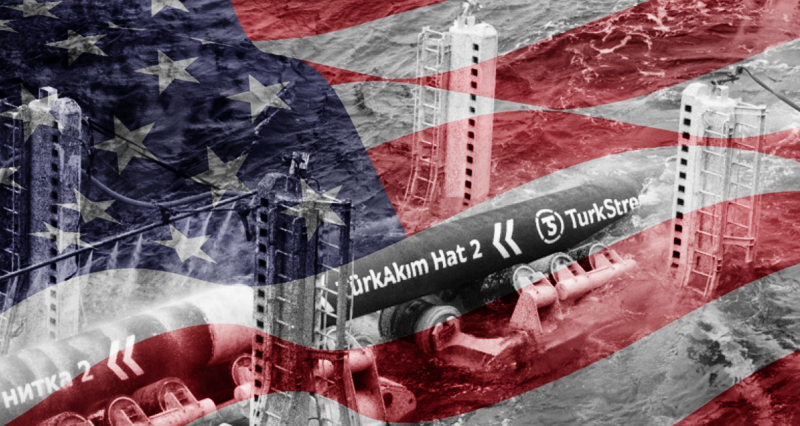

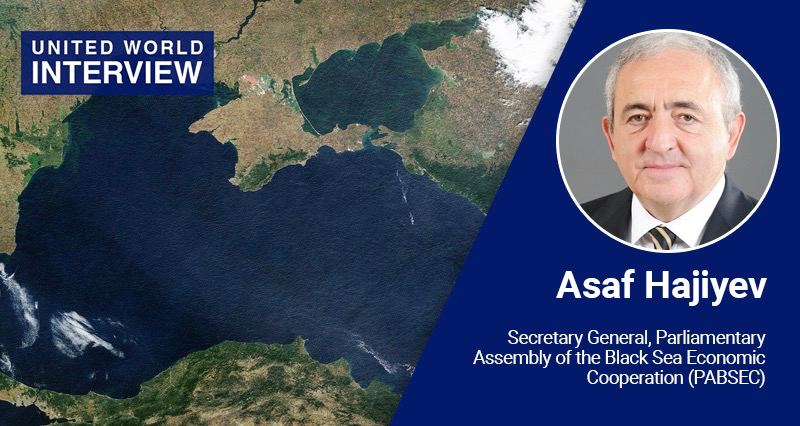


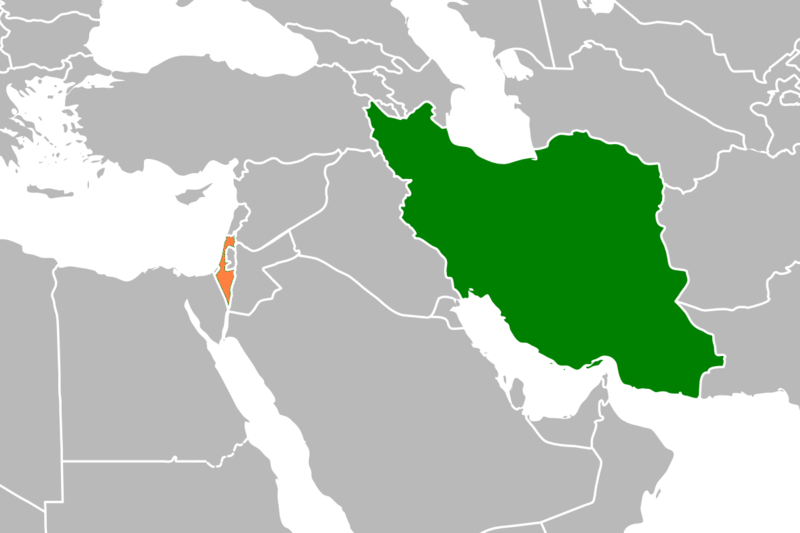


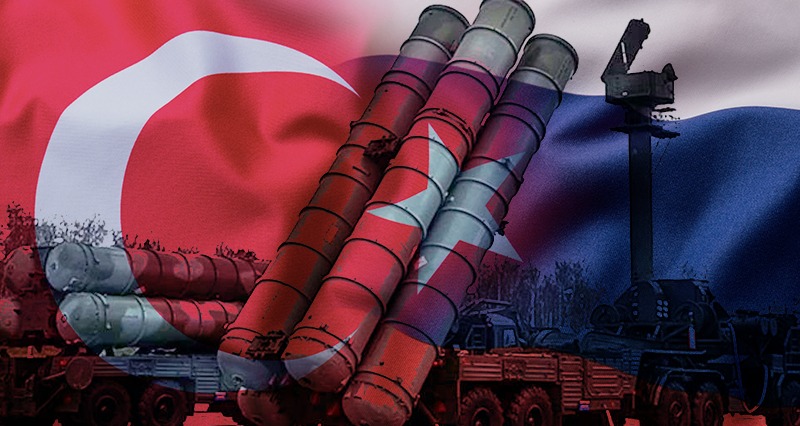
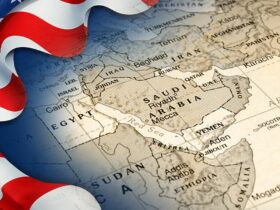
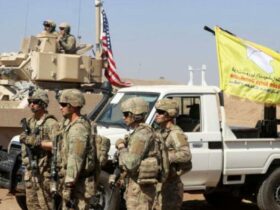

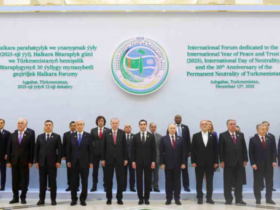


Leave a Reply